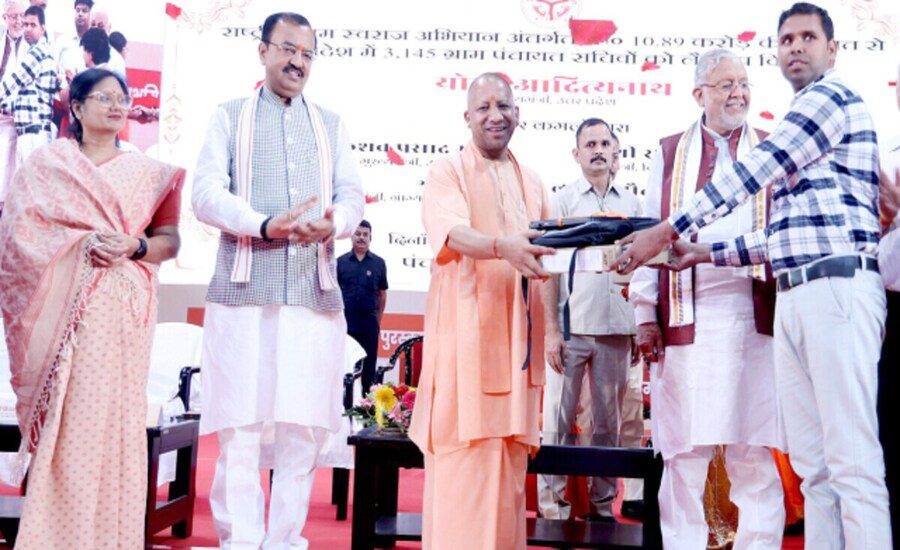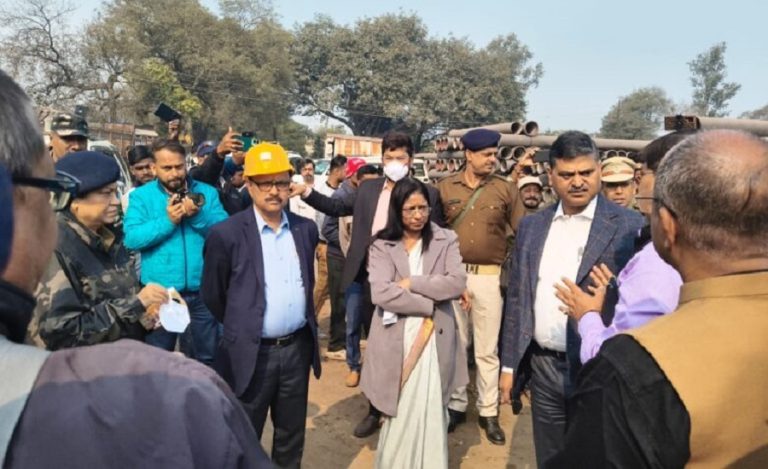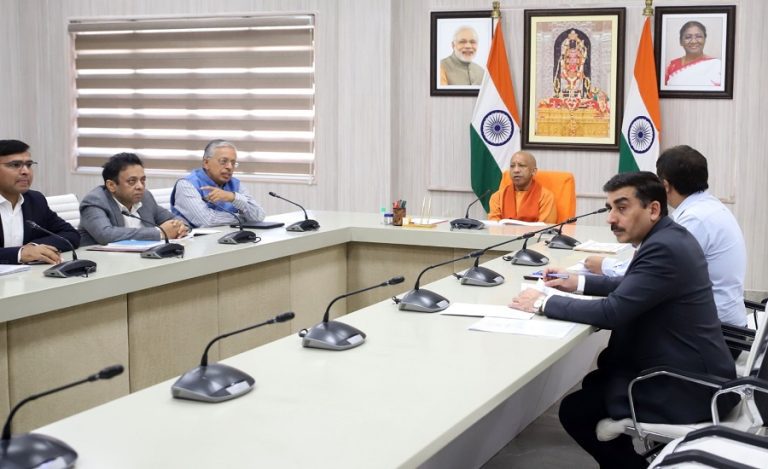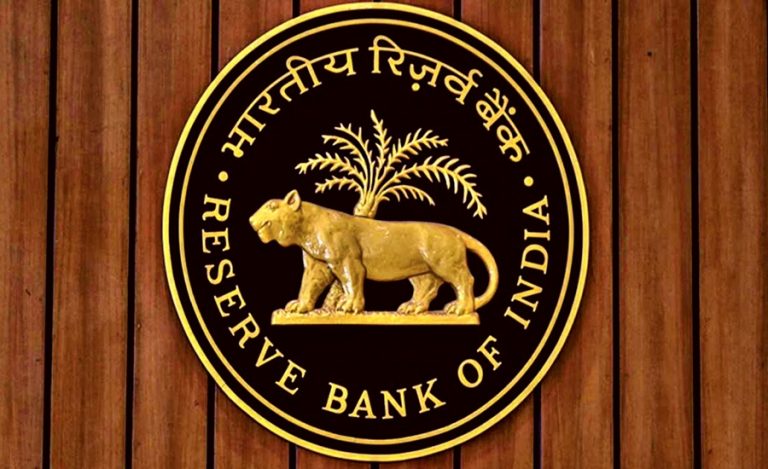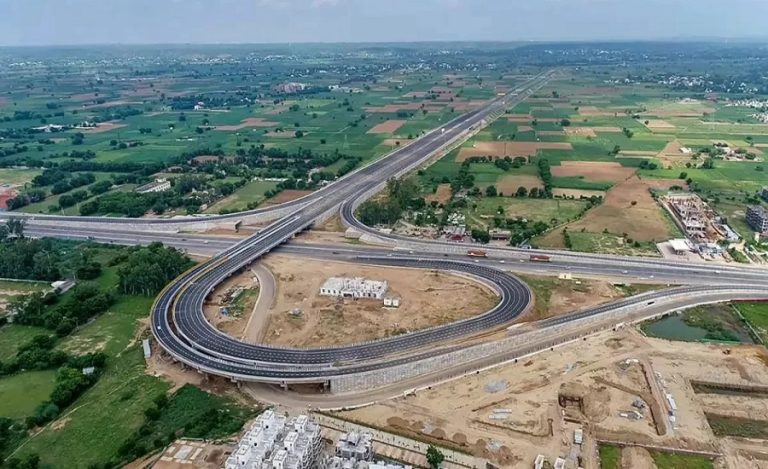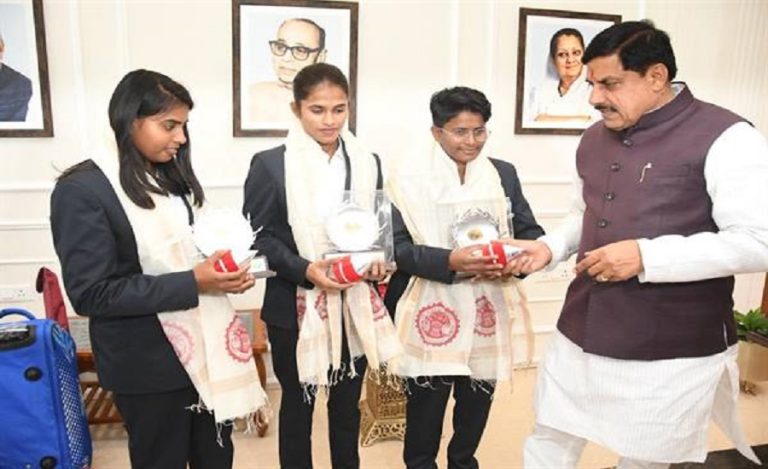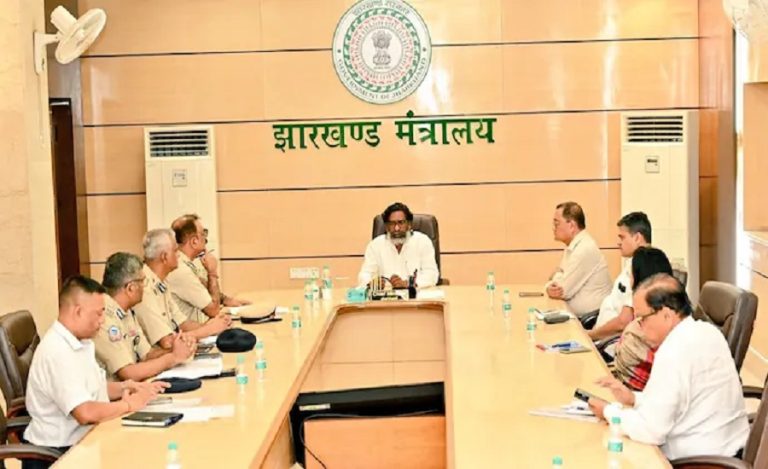Lucknow: Uttar Pradesh’s groundbreaking UP Matribhoomi Yojana is rewriting the narrative of rural development by creating an unprecedented bridge between non-resident Indians (NRIs), expatriate citizens, and their native villages.
The innovative scheme, launched by Chief Minister Yogi Adityanath, has emerged as a game-changer in participatory governance, allowing people living anywhere in India or abroad to directly contribute to their homeland’s transformation.
UP Matribhoomi Yojana: Emotional Connection Meets Development Goals
The scheme operates on a unique public-private partnership model where contributors bear 60% of the project cost while the UP government provides the remaining 40%. This collaborative approach has struck a chord with thousands of UP natives living in metropolitan cities and foreign countries who harbor deep emotional connections with their villages.
Under the Matribhoomi Arpan Yojana, approved by the Yogi Cabinet, NRIs and private organizations can now channel their aspirations for hometown development through an organized government framework that was previously lacking.
How the UP Matribhoomi Yojana Works
Urban Development Minister AK Sharma explained that the scheme addresses a long-standing gap.
“Affluent individuals residing across the nation and abroad have always desired to contribute to their hometown’s development. However, for lack of an organized platform, they couldn’t provide the desired support,” Sharma stated.
The process is remarkably streamlined. When any UP native or private organization wishes to donate for developmental projects within urban or rural jurisdictions, the district magistrate processes administrative approval within 30 days of receiving the donated amount.
Recognition and Honor for Contributors
Contributors receive significant recognition for their generosity. Their names or organizational identities are prominently displayed on buildings and infrastructure facilities through stone slabs or plates of government-specified sizes.
Additionally, donors receive invitations as chief guests at programs organized during national festivals including Republic Day (January 26), Independence Day (August 15), and Gandhi Jayanti (October 2), along with other government events.
UP Matribhoomi Yojana: Wide-Ranging Development Possibilities
UP Matribhoomi Yojana opened doors for diverse infrastructure development initiatives in villages. Projects can include establishment of health centers, Anganwadi centers, libraries, stadiums, gymnasiums, open gyms, cattle breed improvement centers, and fire service stations.
The scheme also covers road construction, school renovation, crematorium upgrades, pond beautification, and modern bus stands—essentially any project that enhances village infrastructure and quality of life.
Technology-Driven Transparency
To ensure transparency and prevent duplication of work under other schemes, the government employs technological tools such as geo-tagging. Donated amounts are deposited exclusively into escrow accounts established under the scheme, ensuring proper fund utilization.
Progress reports are regularly submitted to the government, maintaining accountability throughout the project lifecycle.
UP Matribhoomi Yojana : National and International Outreach
The UP government has launched extensive publicity campaigns nationally and internationally to popularize the scheme. Indian embassies across different countries are being engaged to spread awareness among the Indian diaspora.
District magistrates send information letters to different states and UP natives living abroad, creating a comprehensive outreach network that connects global citizens with village-level development.
UP Matribhoomi Yojana: Boosting Rural Economy and Infrastructure
Chief Minister Yogi Adityanath launched the original Uttar Pradesh Matribhumi Yojana on September 15, 2021, with the aim of strengthening participatory rural economy and infrastructure.
The initiative makes common citizens direct participants in the state’s development work. Under the initial framework, the state government bore 50% of total project costs while interested individuals contributed the remaining 50%. In return, projects could be named after contributors’ relatives as per their wishes.
Success Stories Inspire More Participation
Villages across UP are witnessing remarkable transformations under this scheme. From state-of-the-art sports complexes and art academies to modern educational facilities and improved civic infrastructure, the Matribhoomi Yojana is making rural areas self-reliant and contemporary.
The scheme recognizes that effective urban and rural development requires increasing private participation alongside government funds and schemes.
This collaboration accelerates work completion while introducing qualitative improvements, new technologies, and innovative ideas.
UP Matribhoomi Yojana: A Model for Other States
UP Matribhoomi initiative draws inspiration from similar successful models like Gujarat’s Vatan Prem Yojana, where NRI contributions have transformed villages with substantial funding for schools and infrastructure.
However, UP’s scheme offers a more structured approach with government co-funding, faster approval timelines, and comprehensive recognition mechanisms that incentivize participation.
The Road Ahead
The Matribhoomi Yojana represents more than just an infrastructure development program. It embodies the principle of “Janani Janmabhumischa Swargadapi Gariyasi” (mother and motherland are superior to heaven), as enshrined in the scheme’s philosophy.
By enabling emotional connections to translate into tangible development outcomes, the scheme is creating a sustainable model for rural transformation.
It proves that when government efficiency meets citizen passion and private resources, remarkable change becomes possible.
As UP continues advancing under Chief Minister Yogi Adityanath’s visionary leadership, the Matribhoomi Yojana stands as a testament to inclusive development where every citizen, regardless of where they live, can contribute to their homeland’s progress.
The scheme has effectively converted nostalgic attachments into development capital, ensuring that distance doesn’t diminish one’s ability to serve their birthplace.

